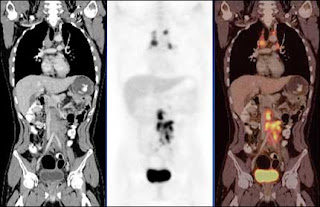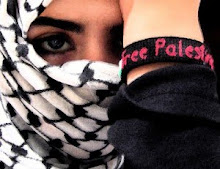In any patient who present with breast lump or other symptoms suspicious of carcinoma, the diagnosis should be made by a combination of clinical assessment, radiological imaging and a tissue cytological or histological analysis the so called triple assessment.
starting with the clinical, lets imagine that a patient come to our clinic for the first time, so we take a proper history and do physical examination to reach our diagnosis.
Then we can proceed with the imaging which are ultrasound and mammography but we must first know what are the indication for the patient. Ultrasound is suitable for women <35 years old because the breast tissue is dense and can distinguish cystic from solid lump. Compared to mammogram, it is for women >35 years old and routinely done in 2 views : cranio-caudal ( CC ) and mediolateral oblique view ( MLO ).
ultrasound of breast
Mammogram.cranio-caudal view (CC) and the mediolateral oblique view, which is taken from an oblique or angled view
CC position
Next is pathology. We can do either fine needle aspiration or core cut needle ( Tru cut ) biopsy.Histology can be obtained under local anaesthesia using a spring-loaded core needle biopsy device. Cytology is obtained using a 21G or 23G needle and 10 ml syringe with multiple passess through the lump with negative pressure in the syringe. The aspirate is then smeared on to a slide, which is air dried or fixed. FNAC is least invasive technique of obtaining a cell diagnosis.

CORECUT BIOPSY
FNAC











































